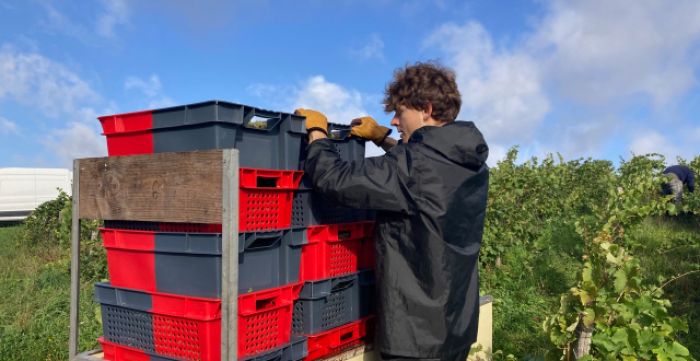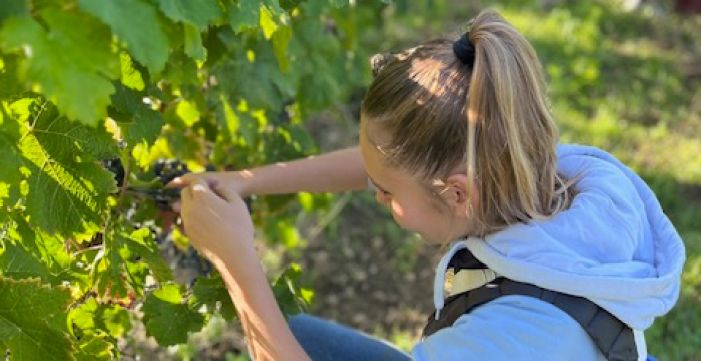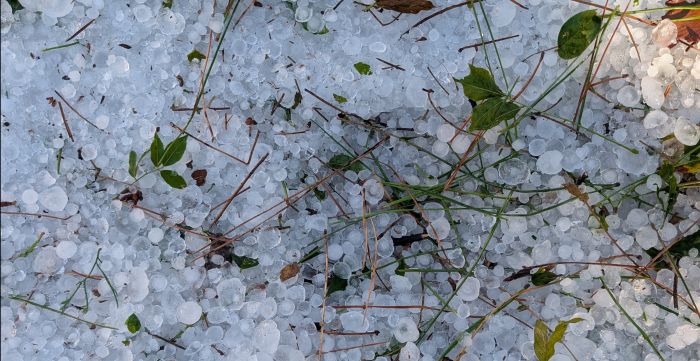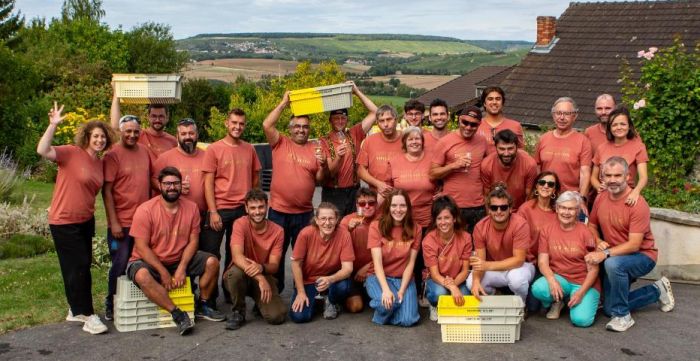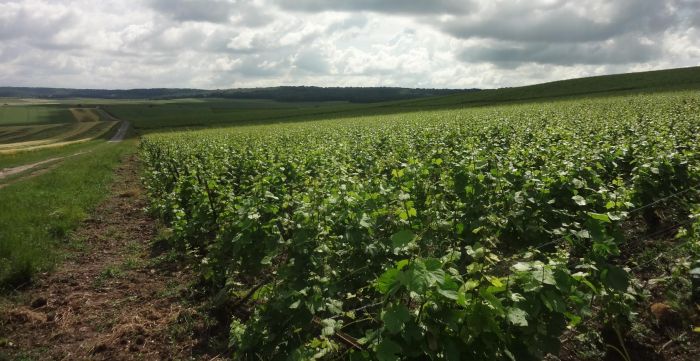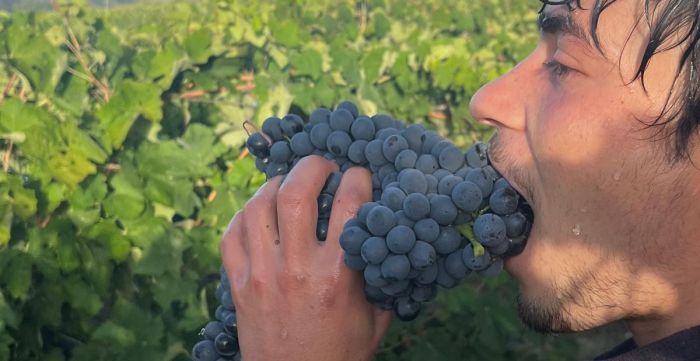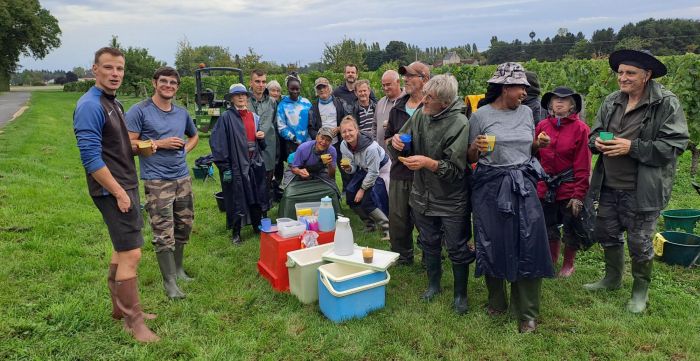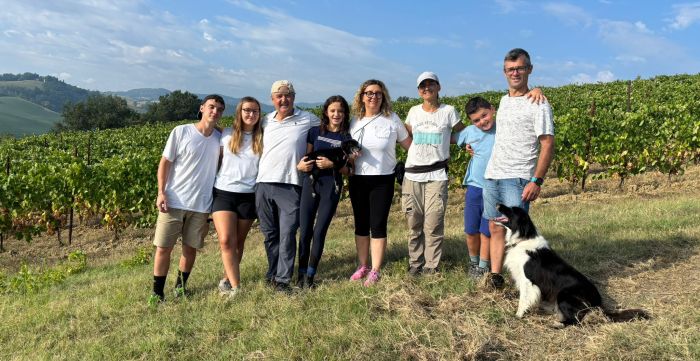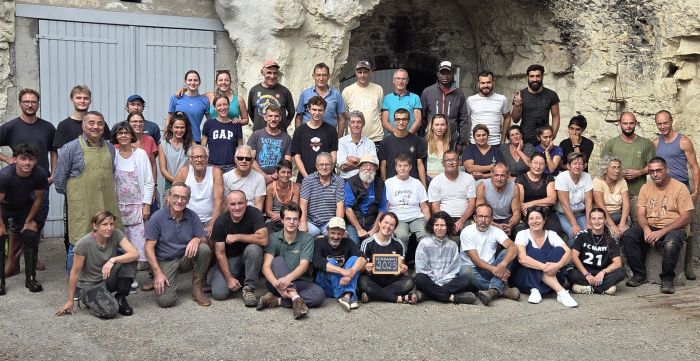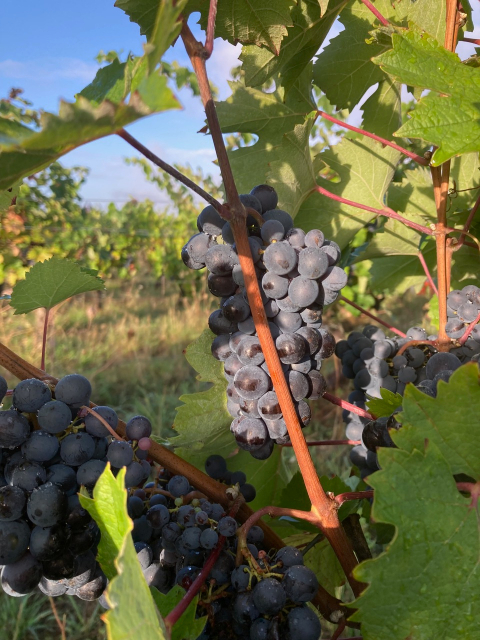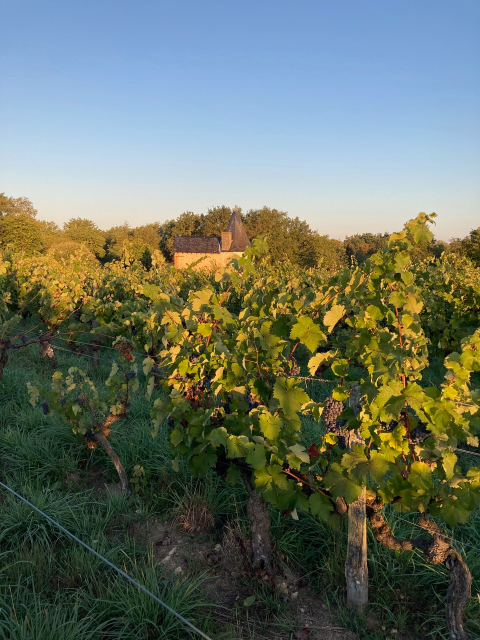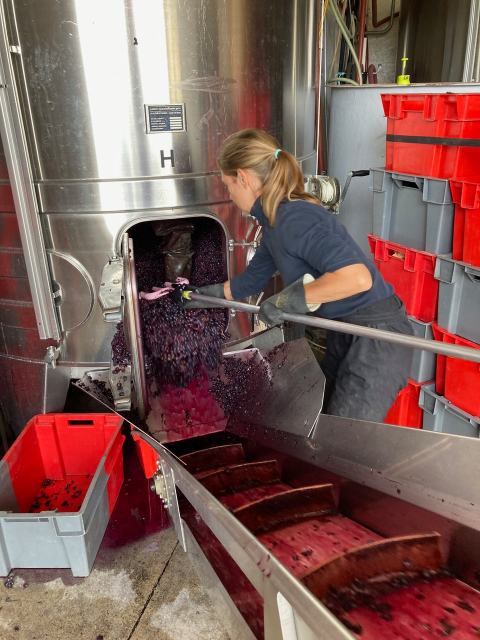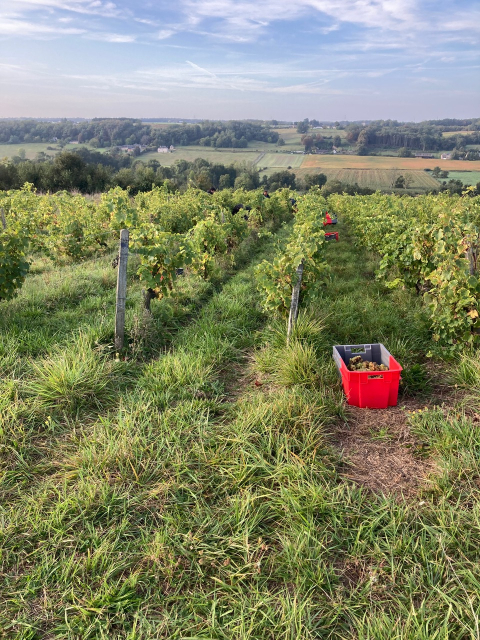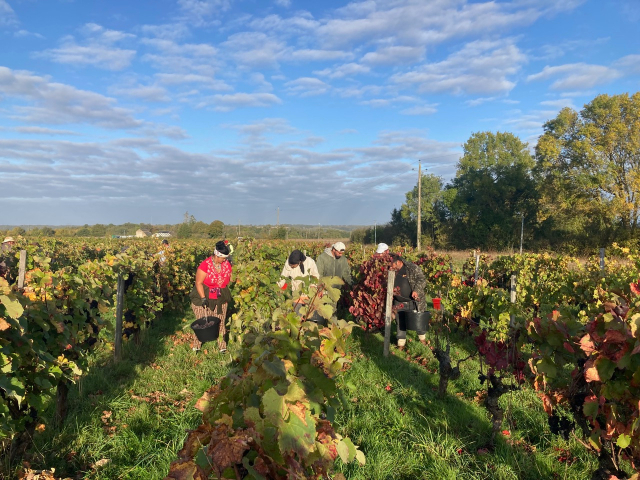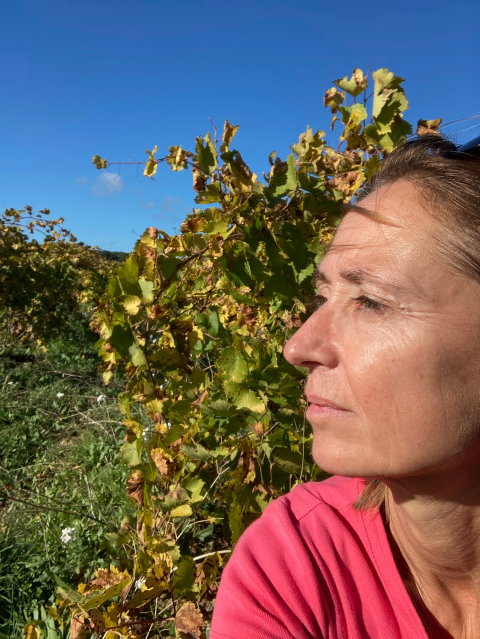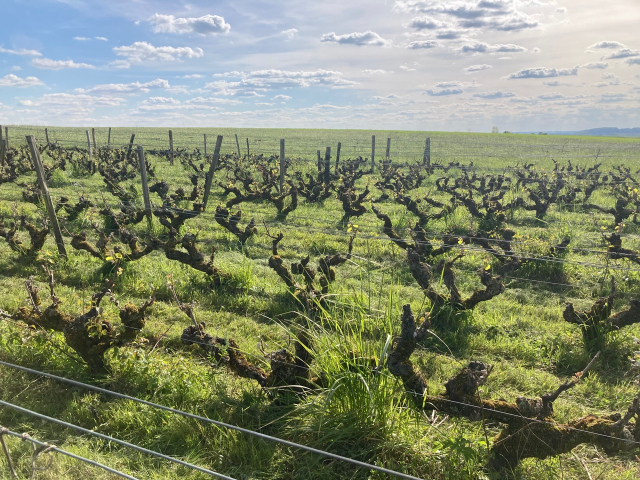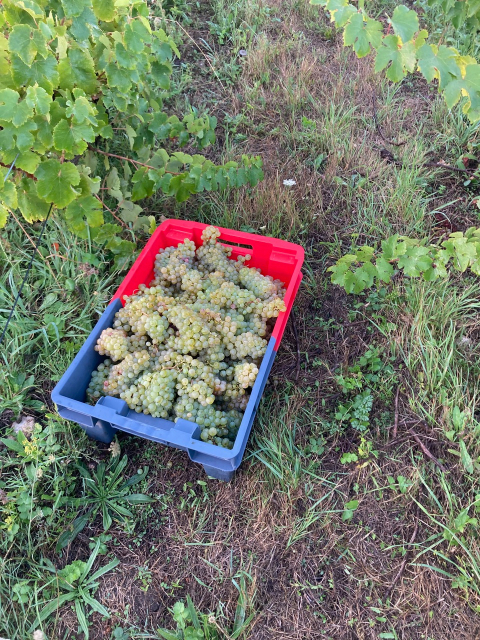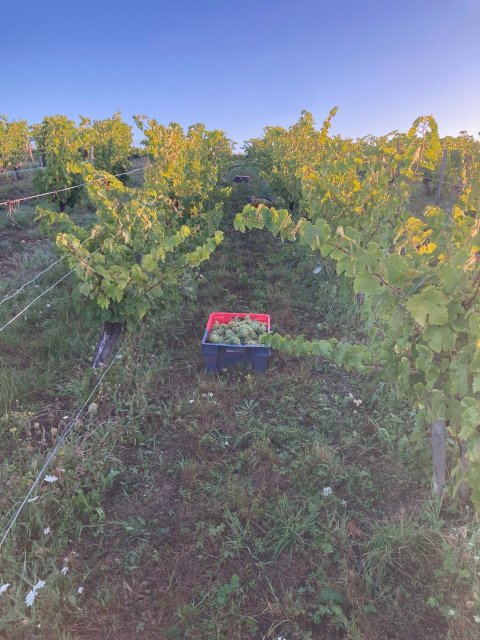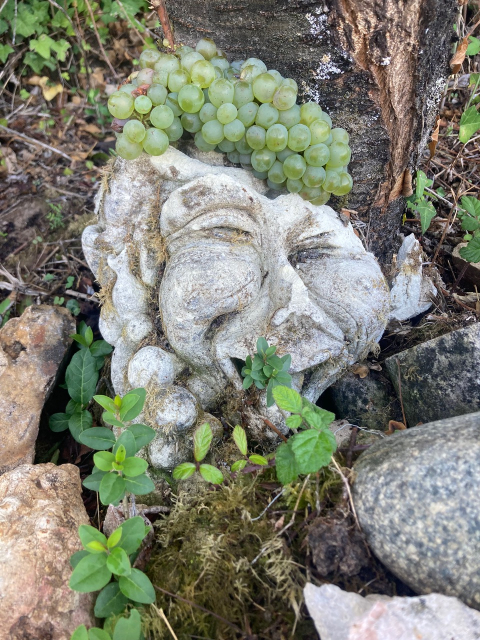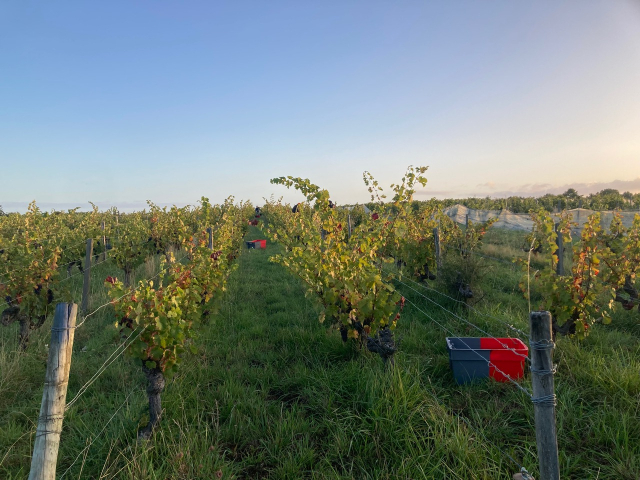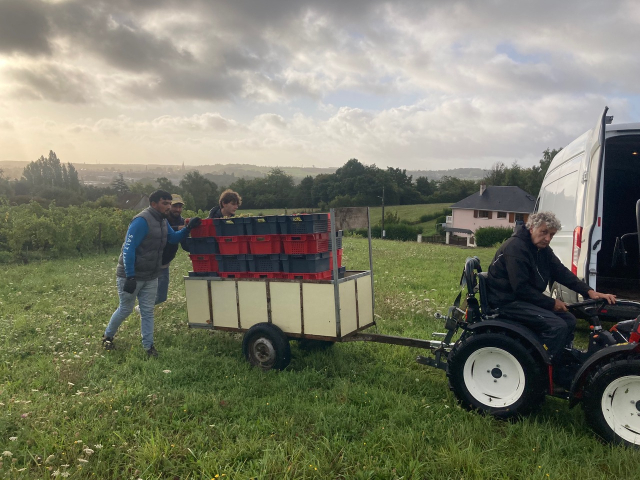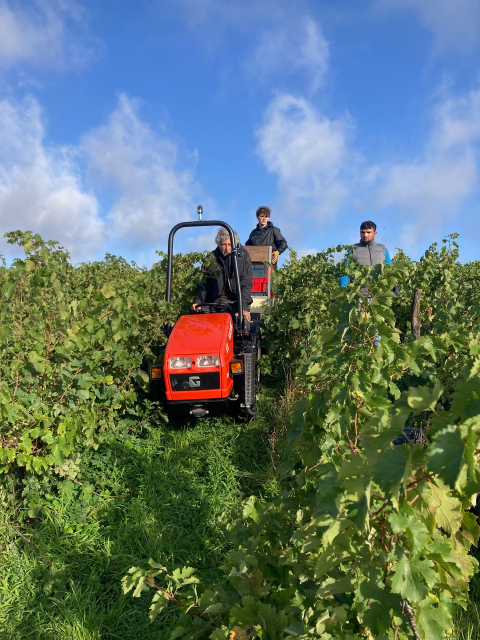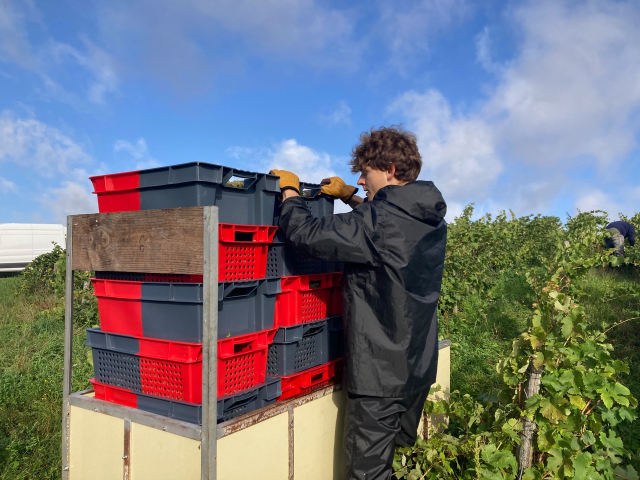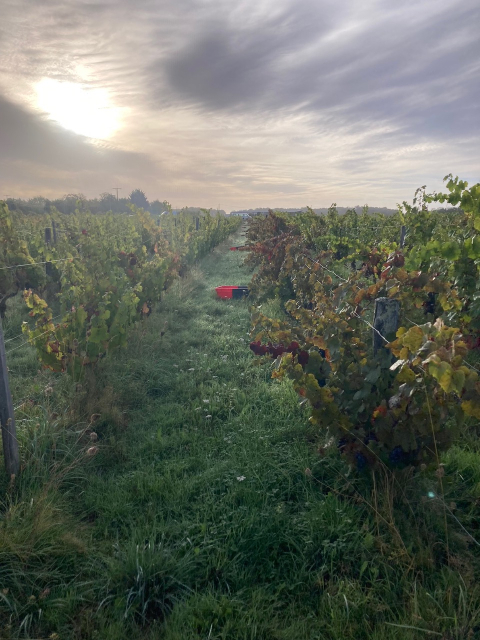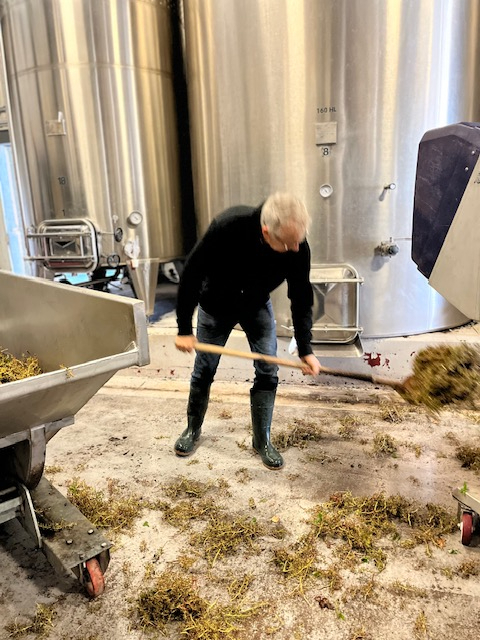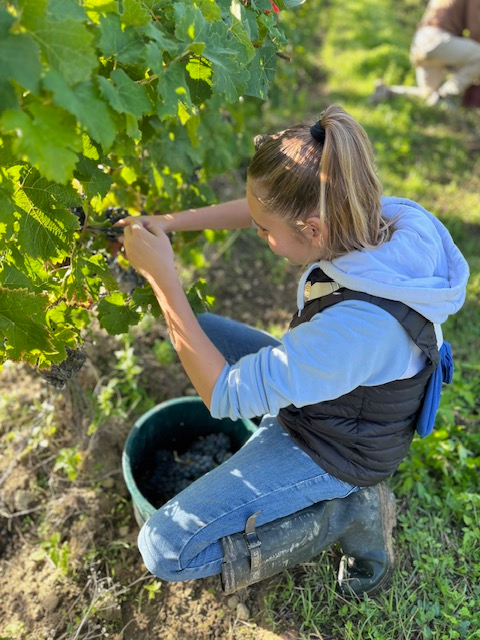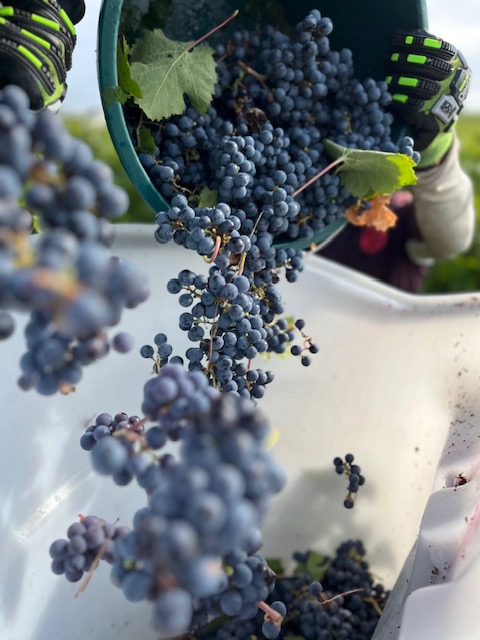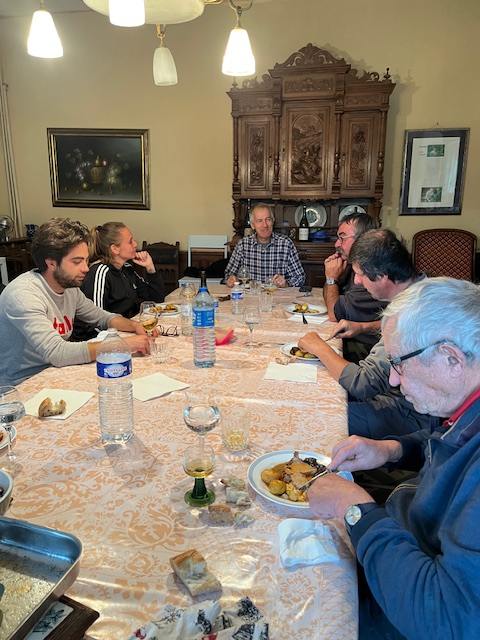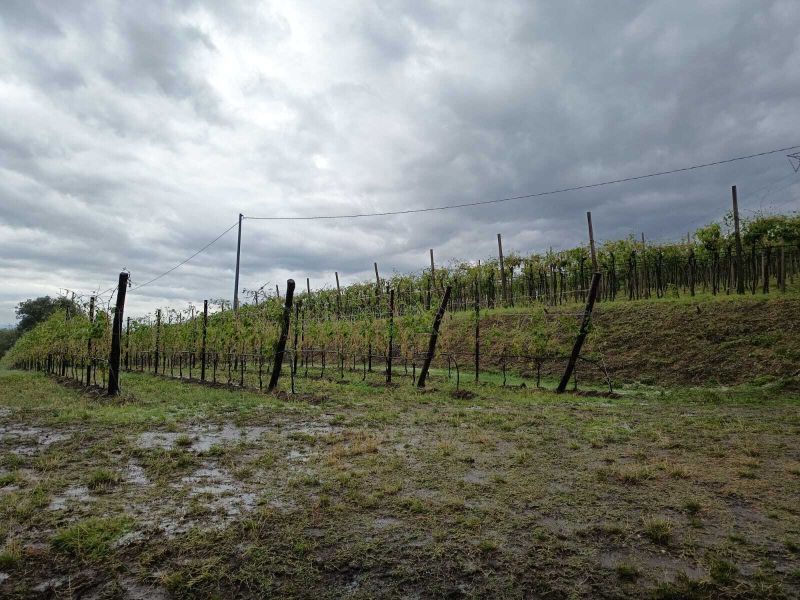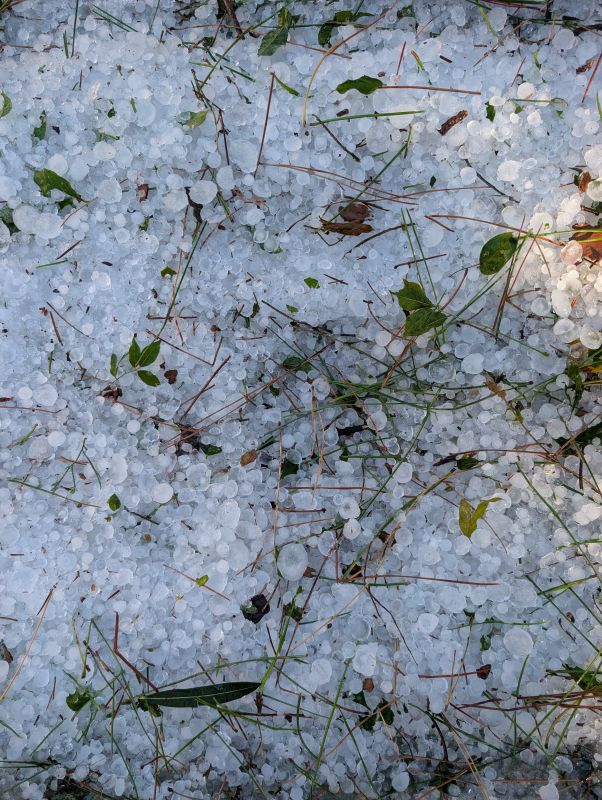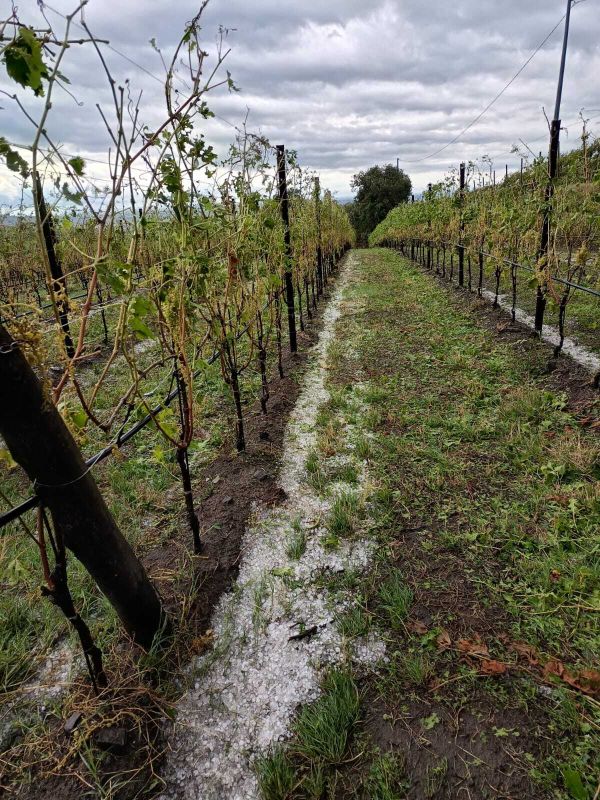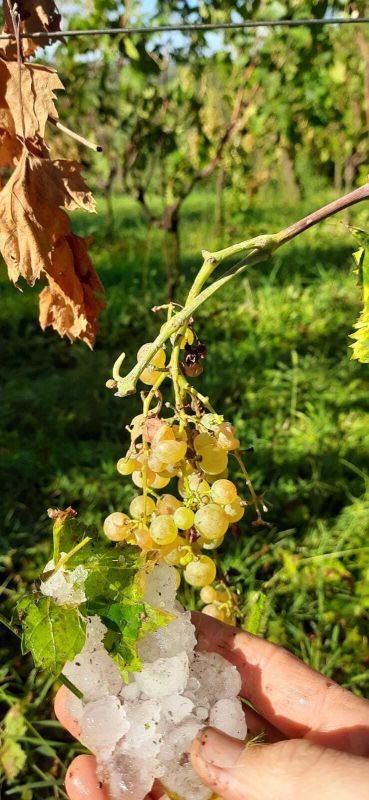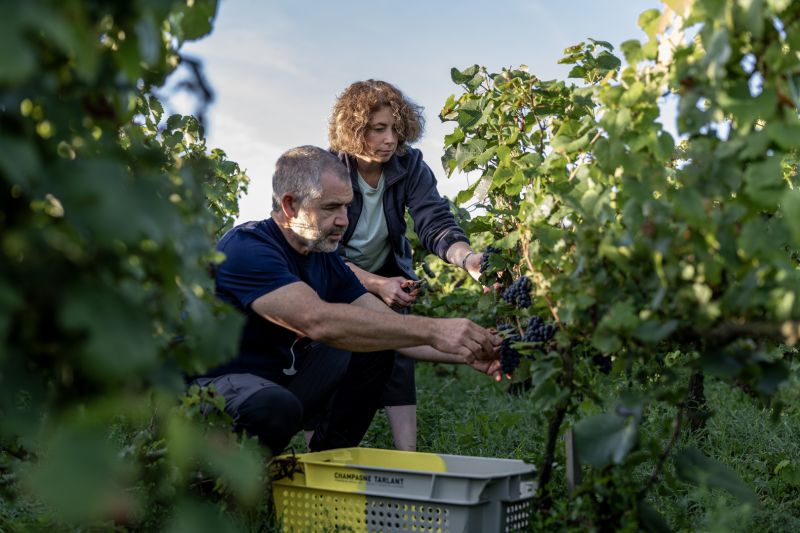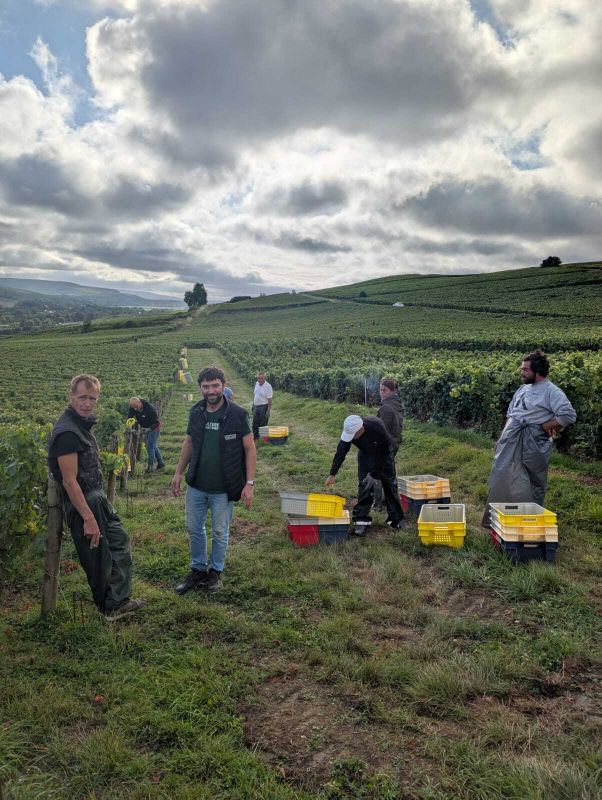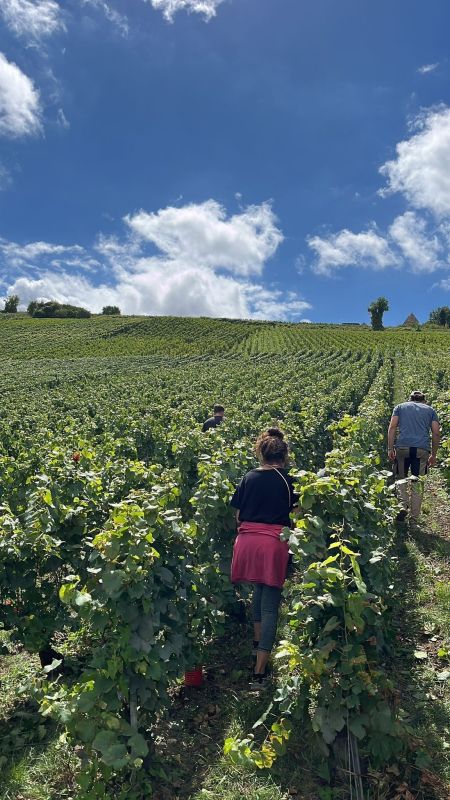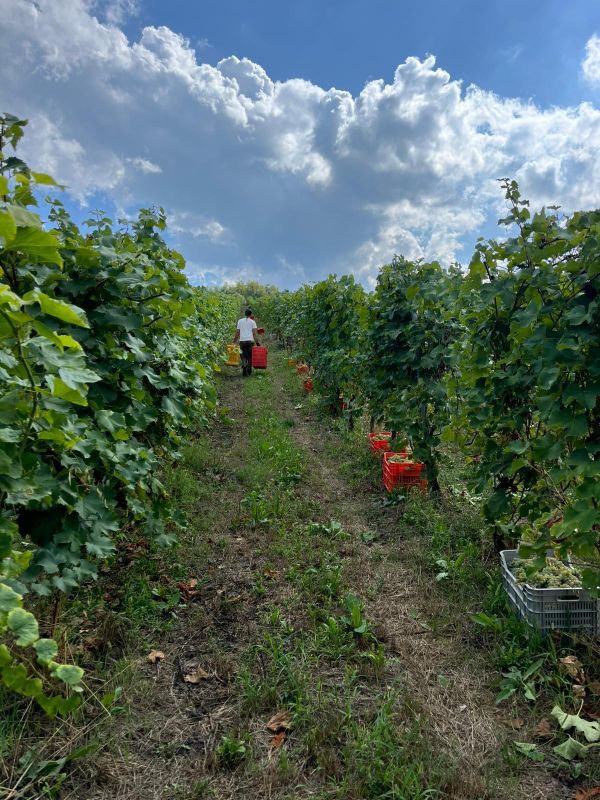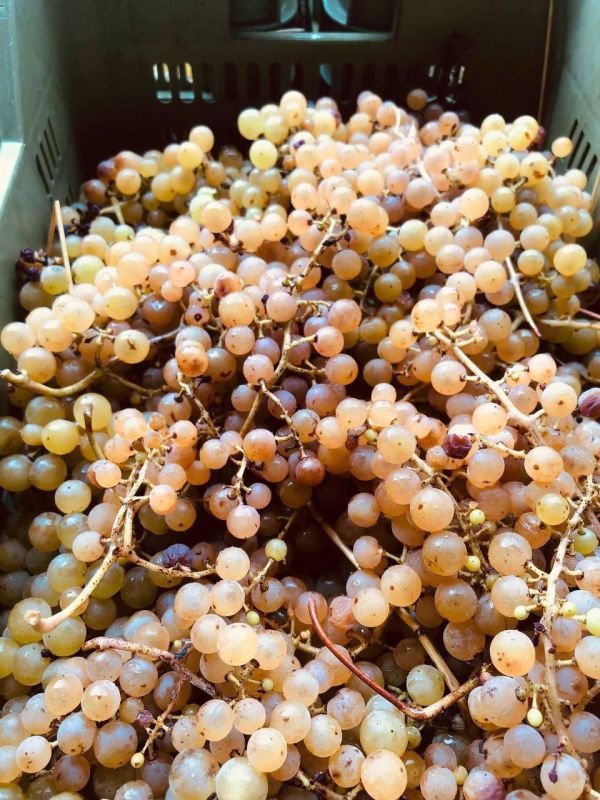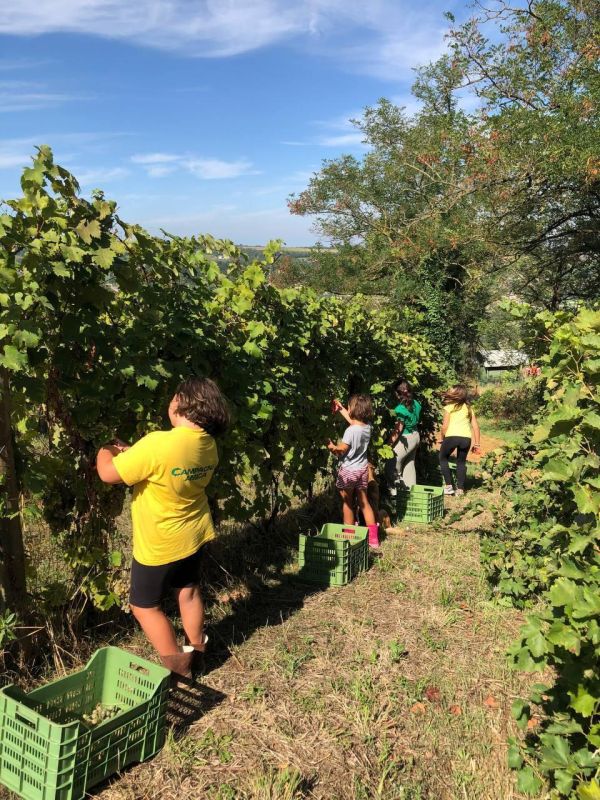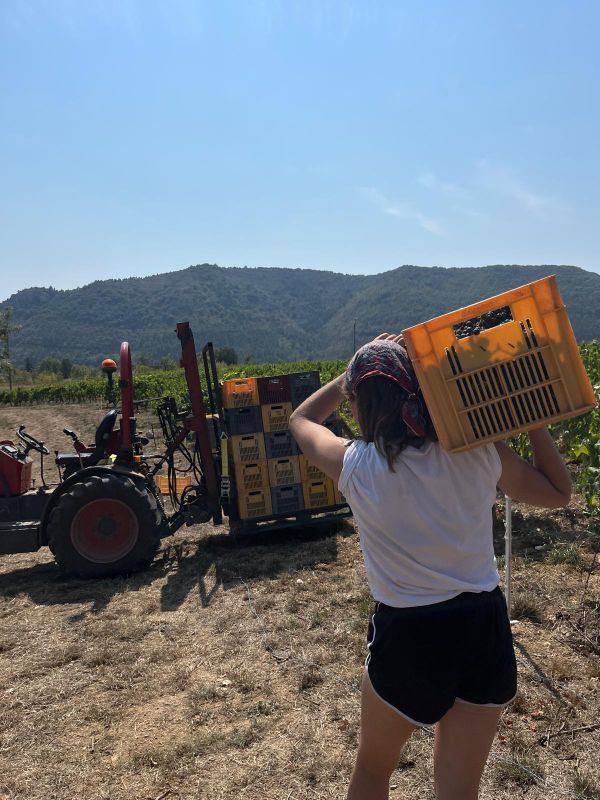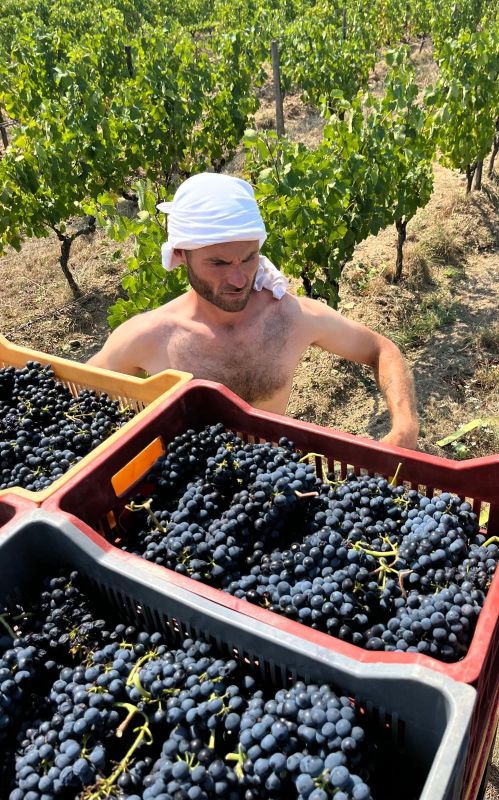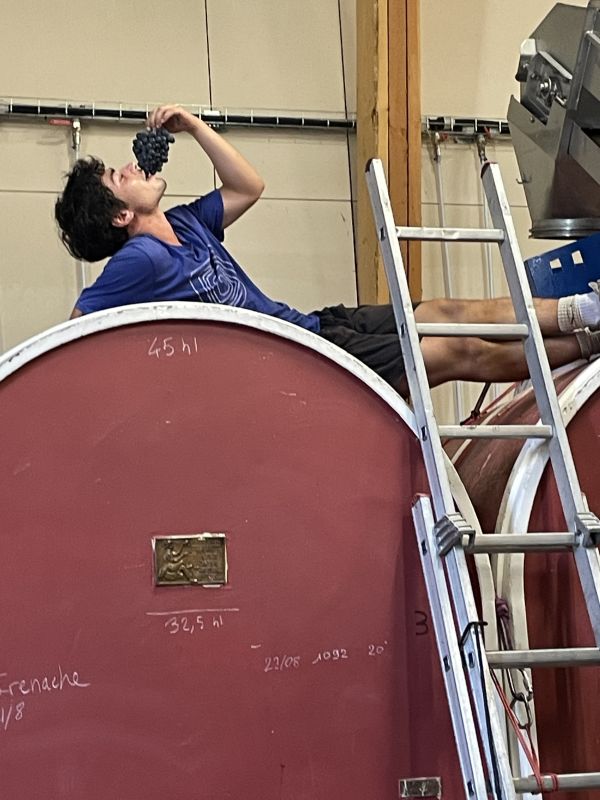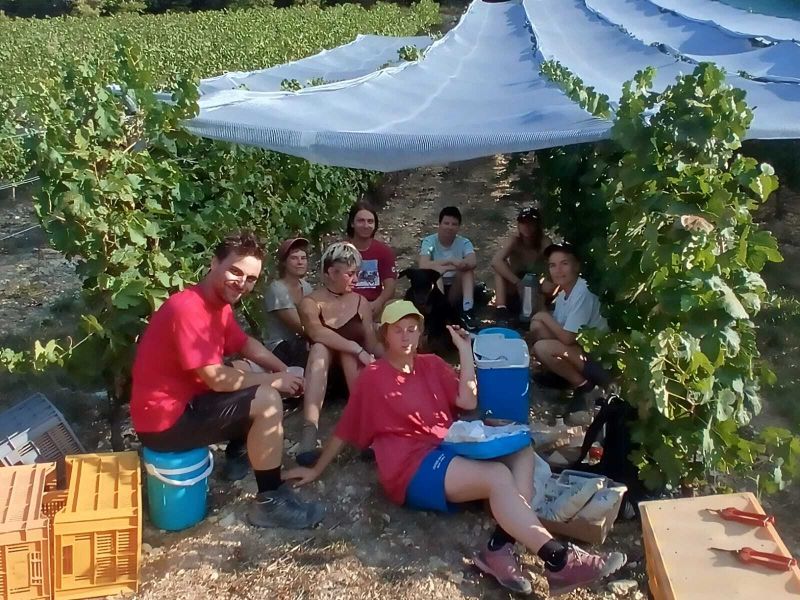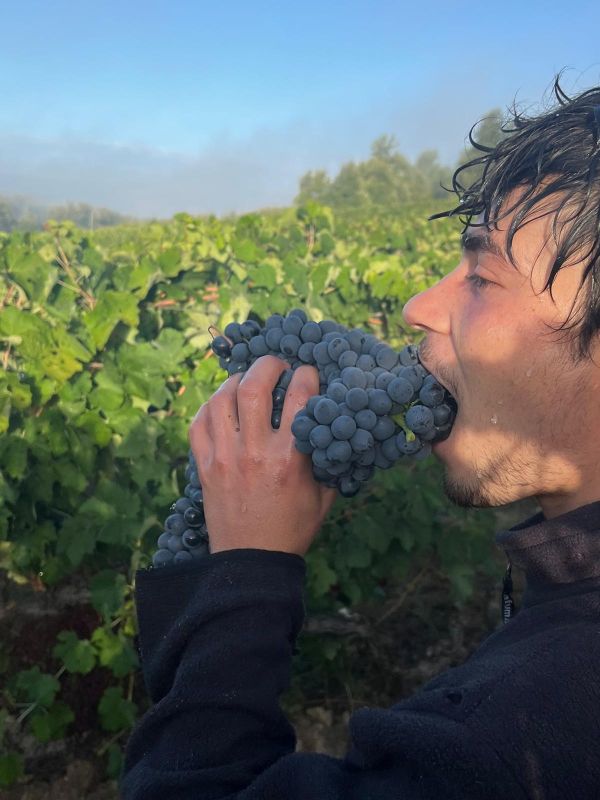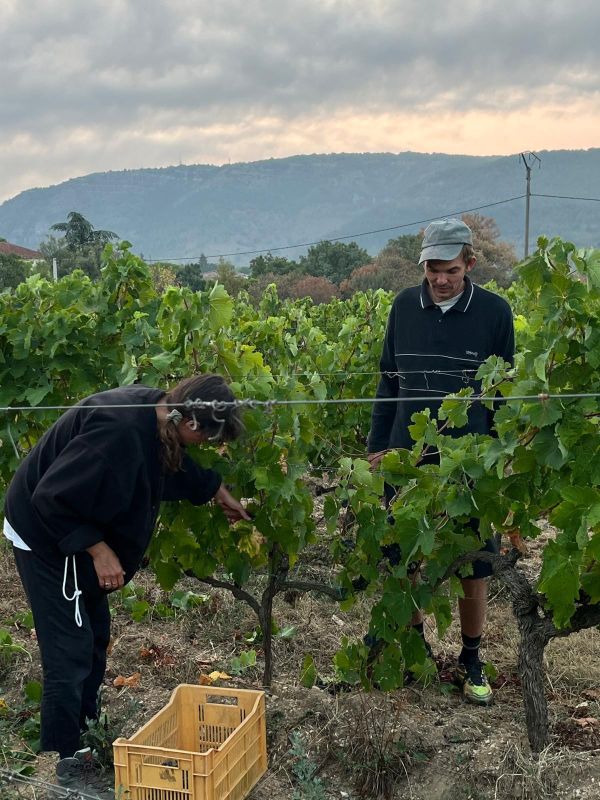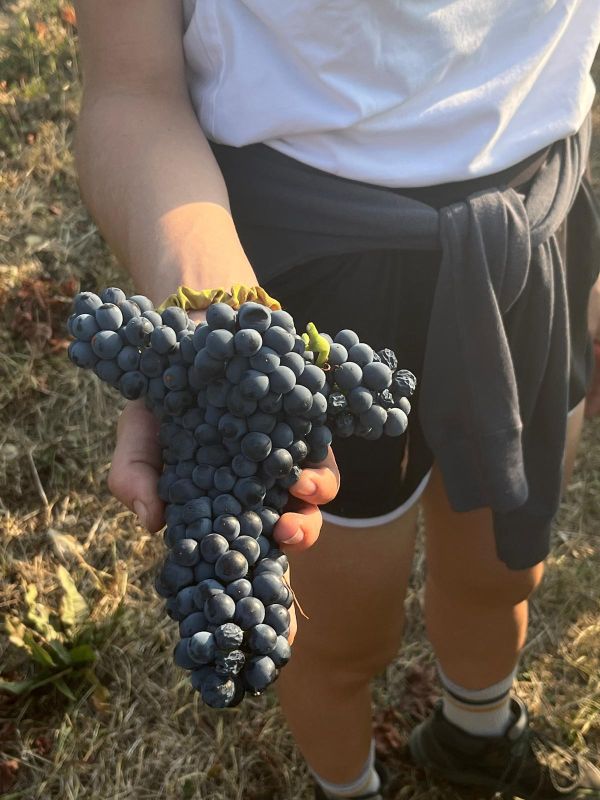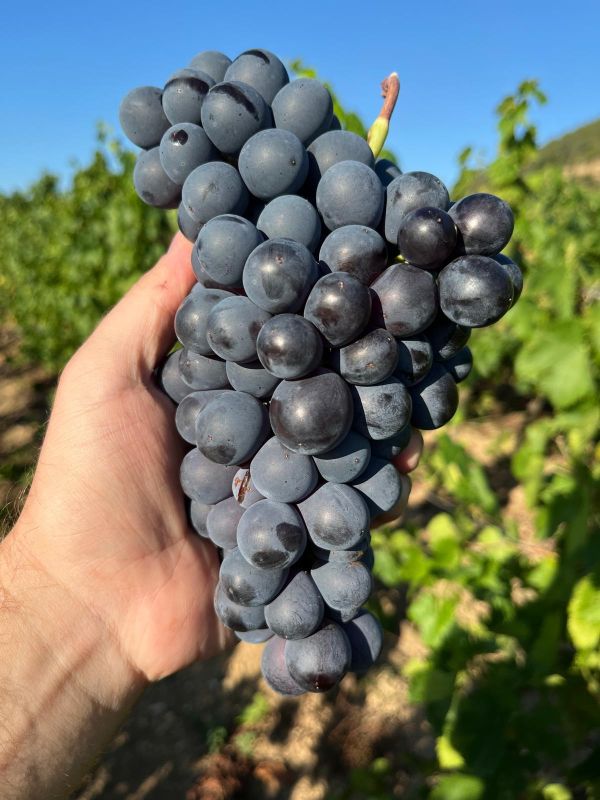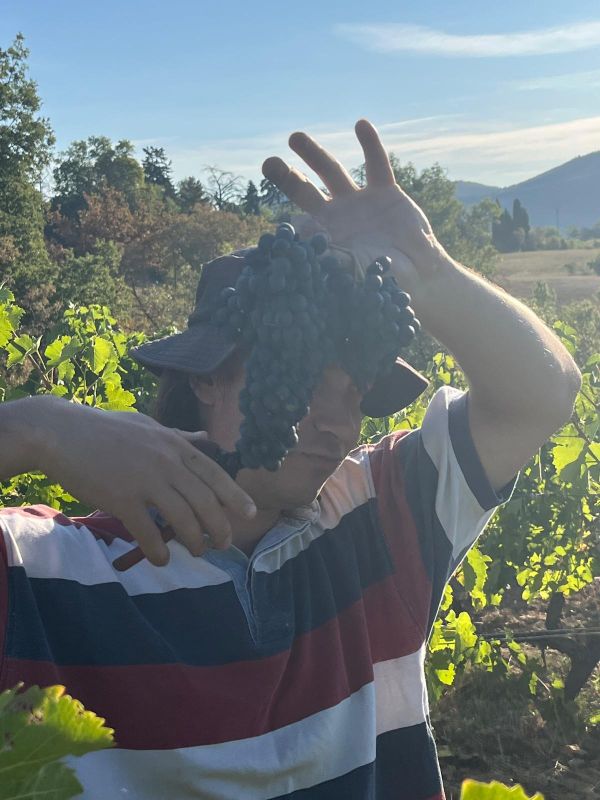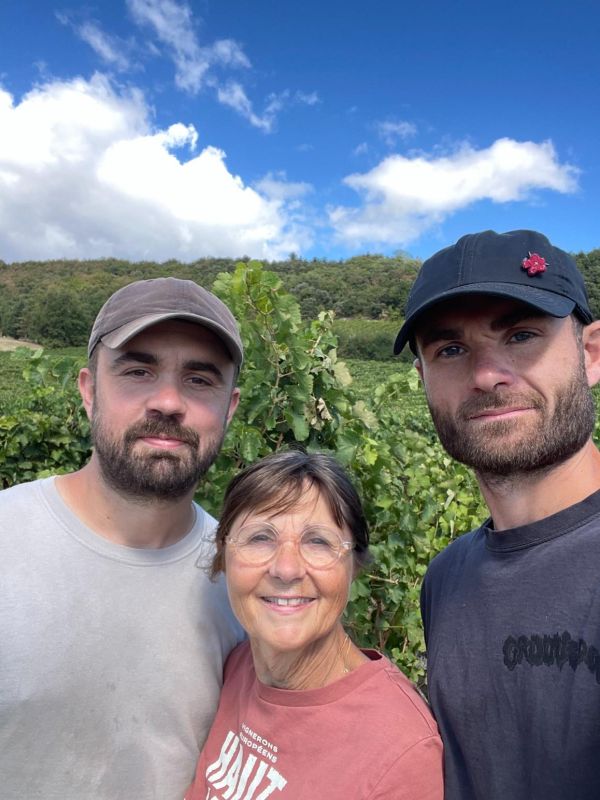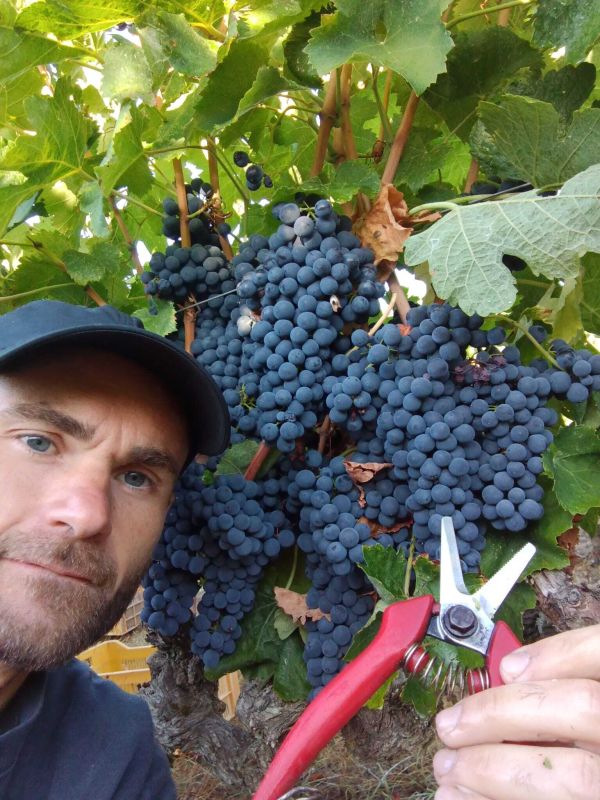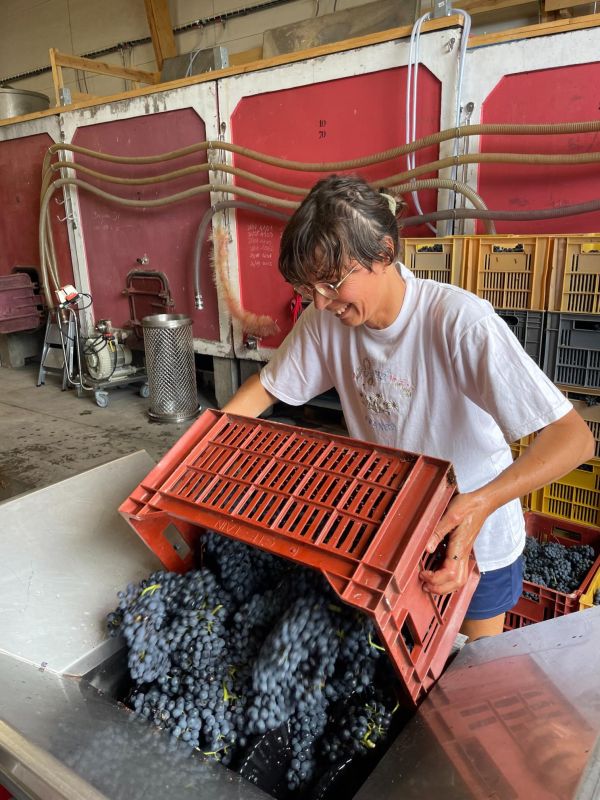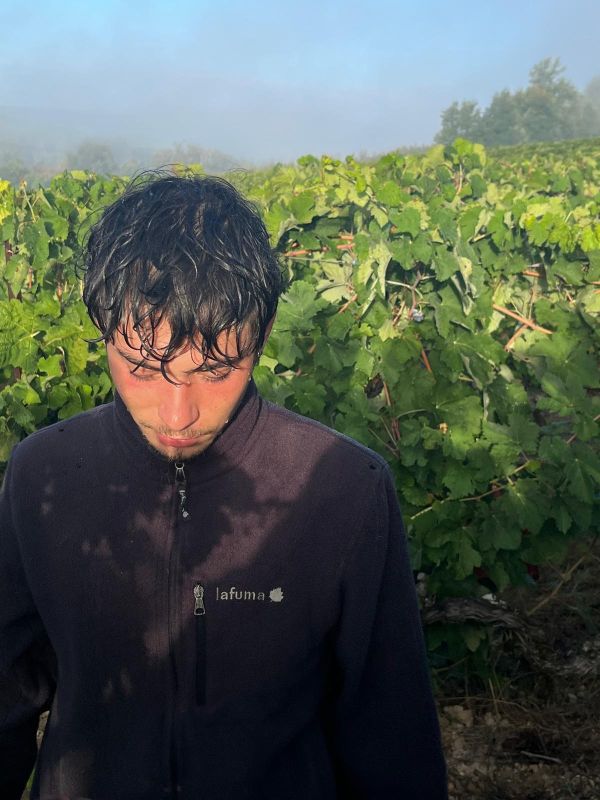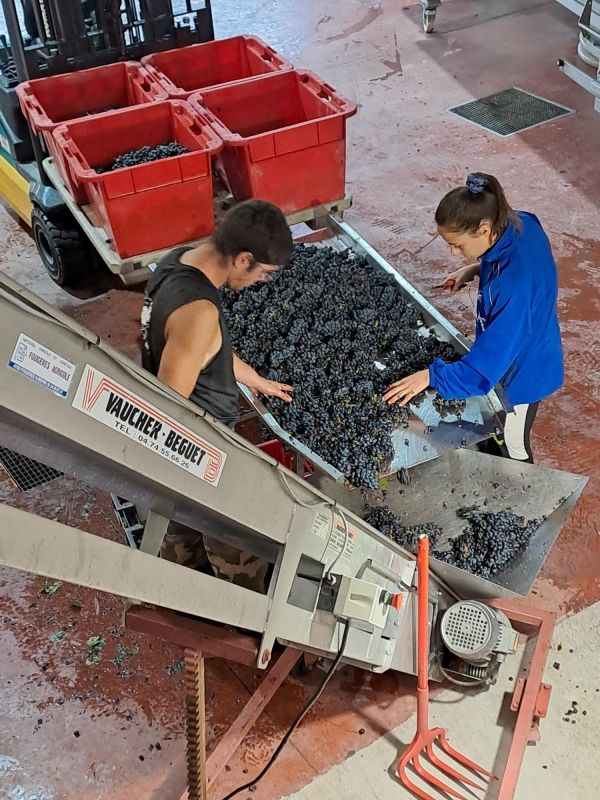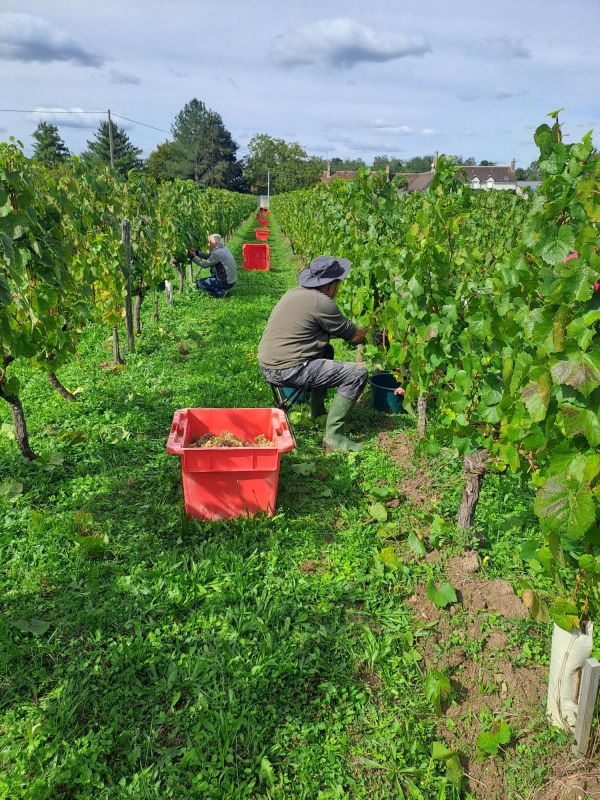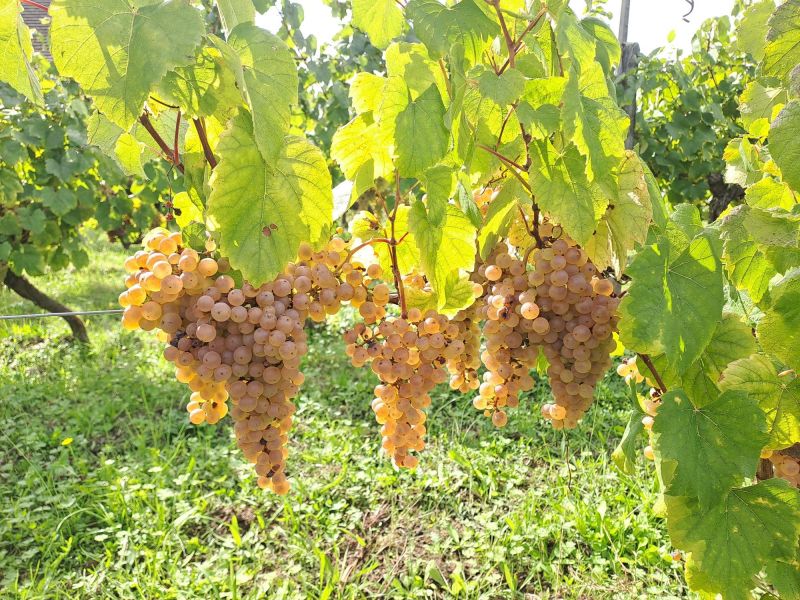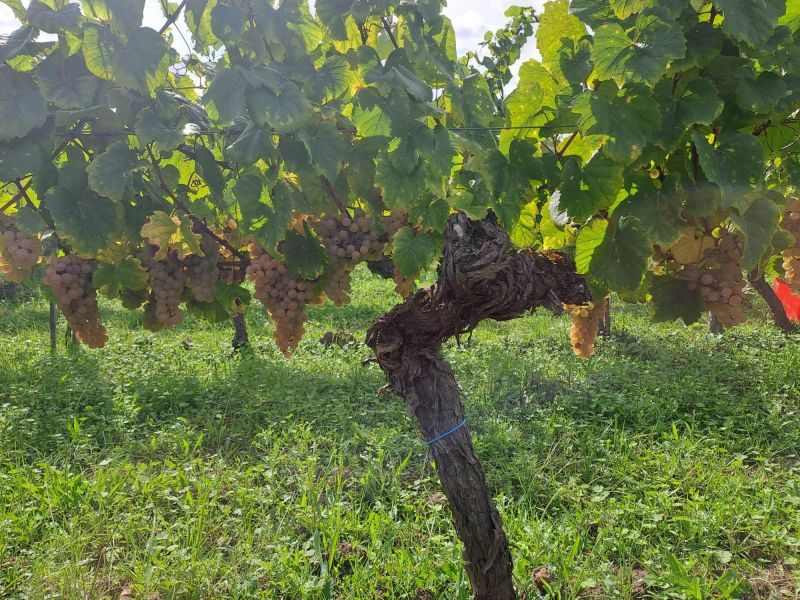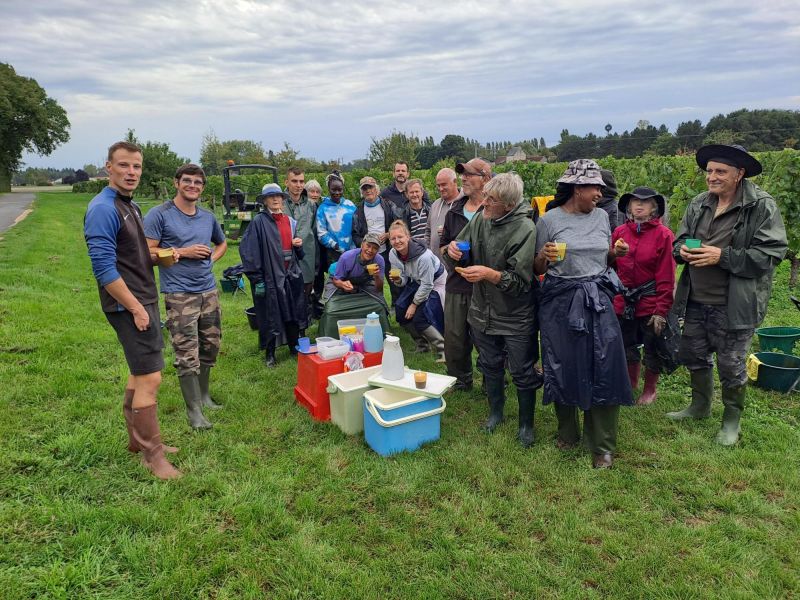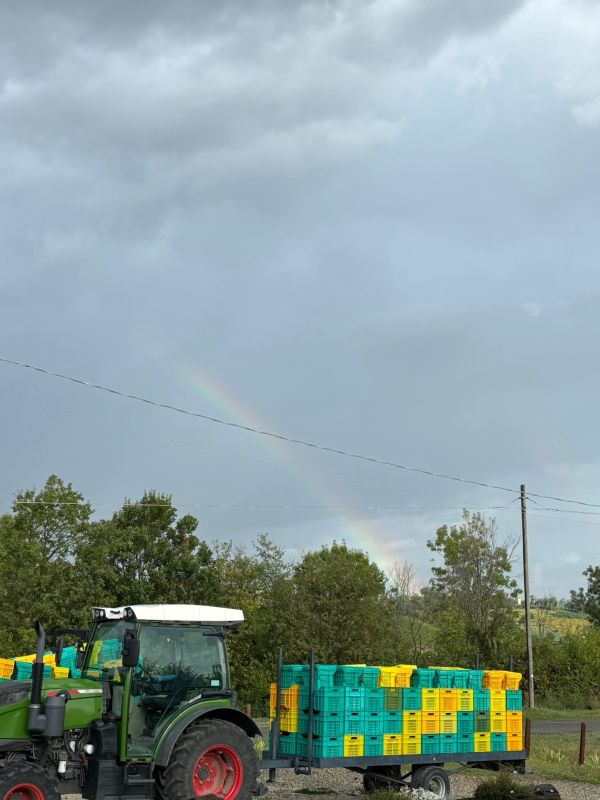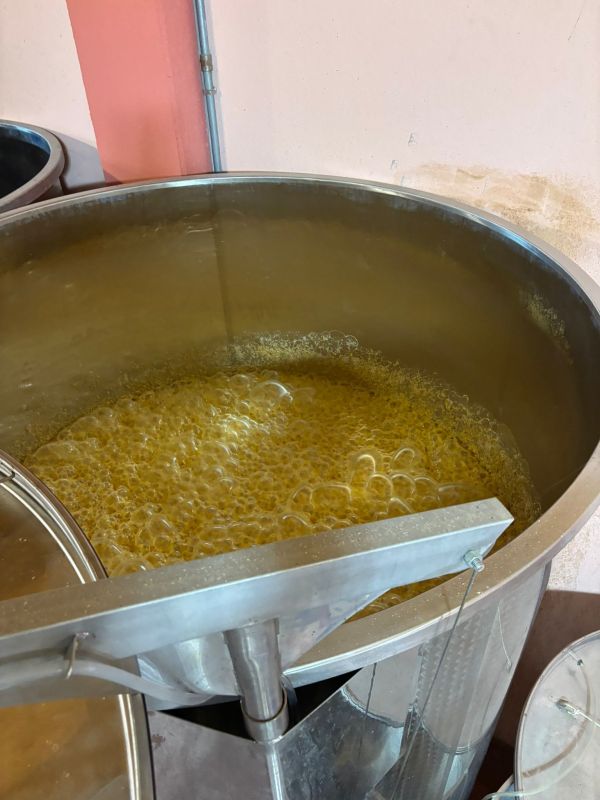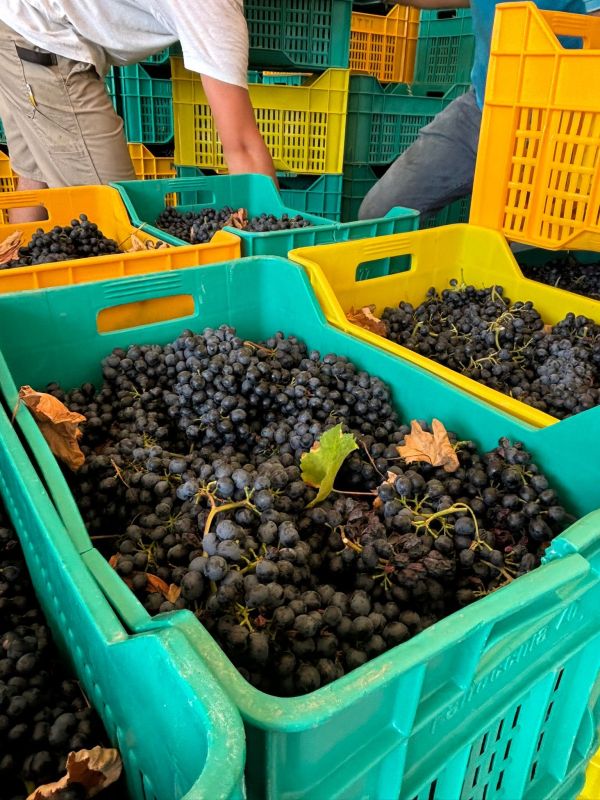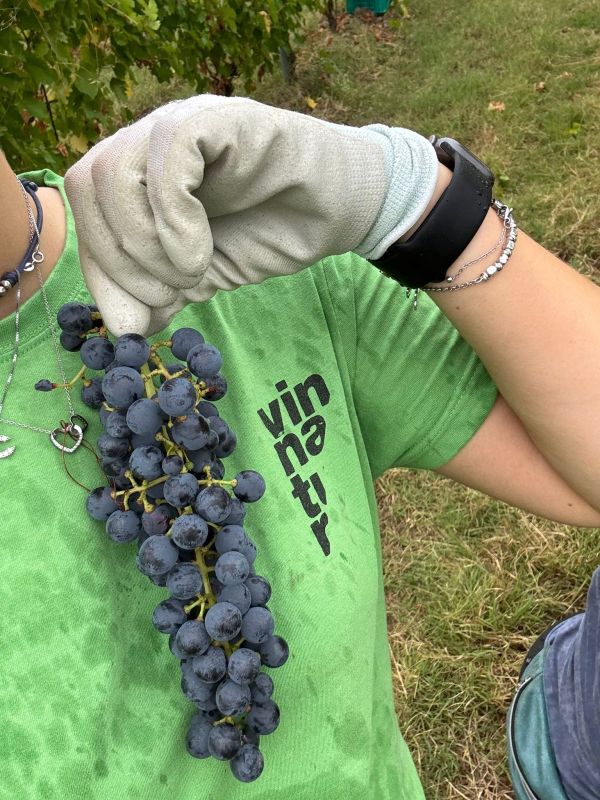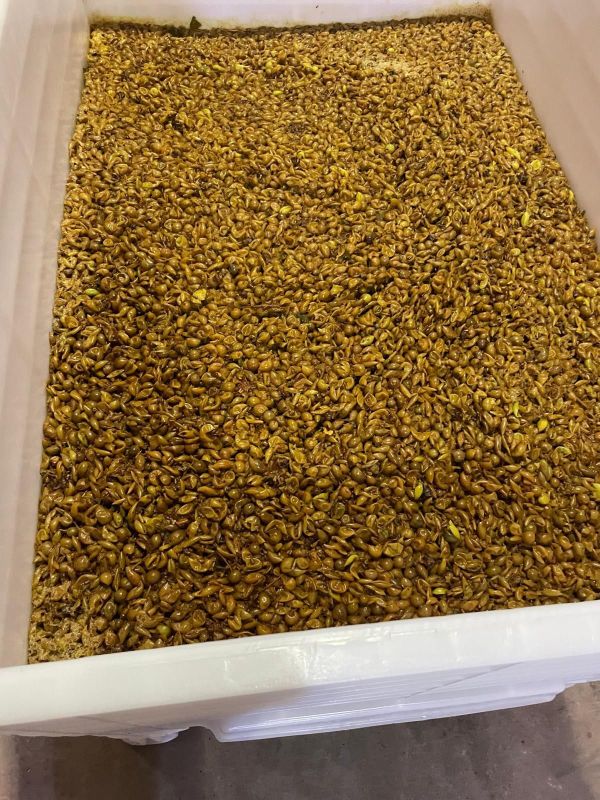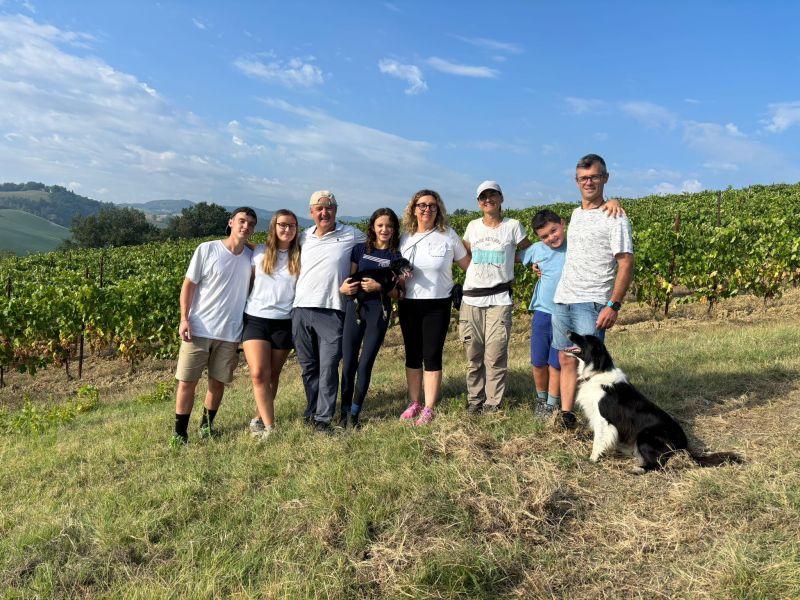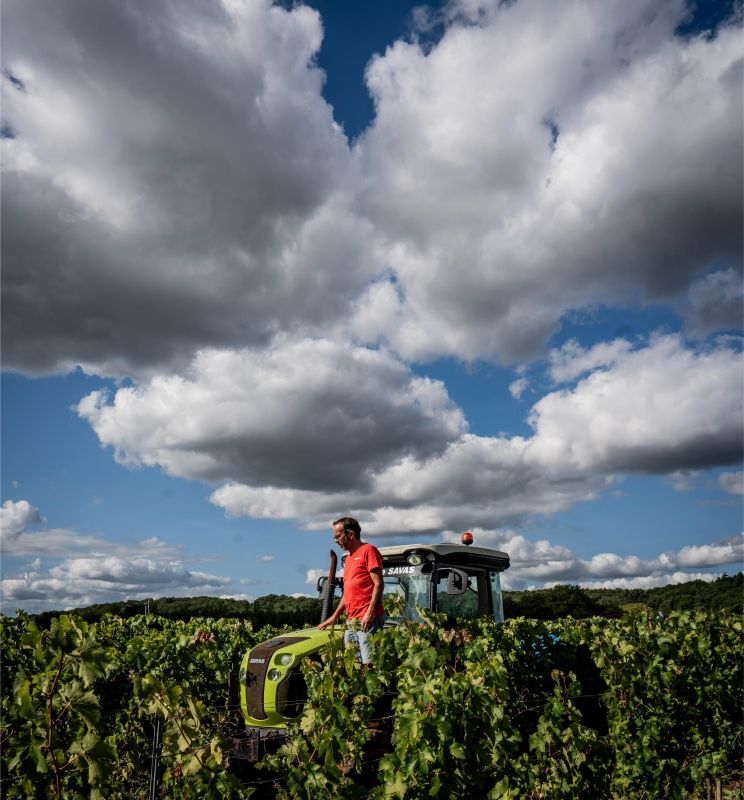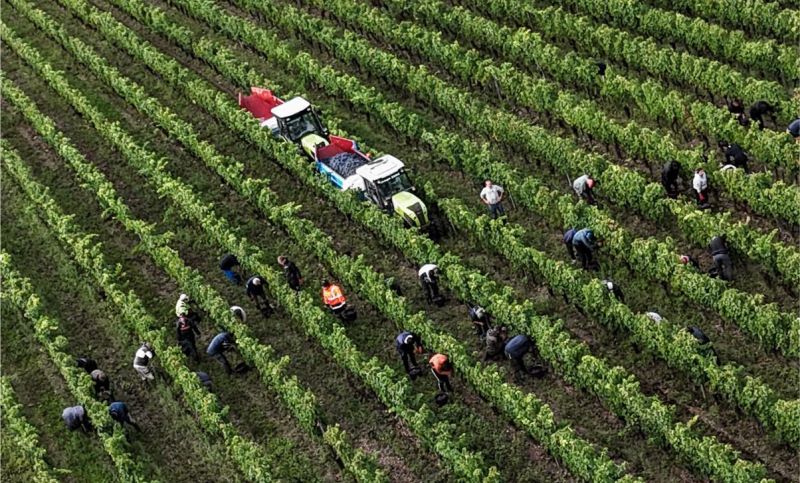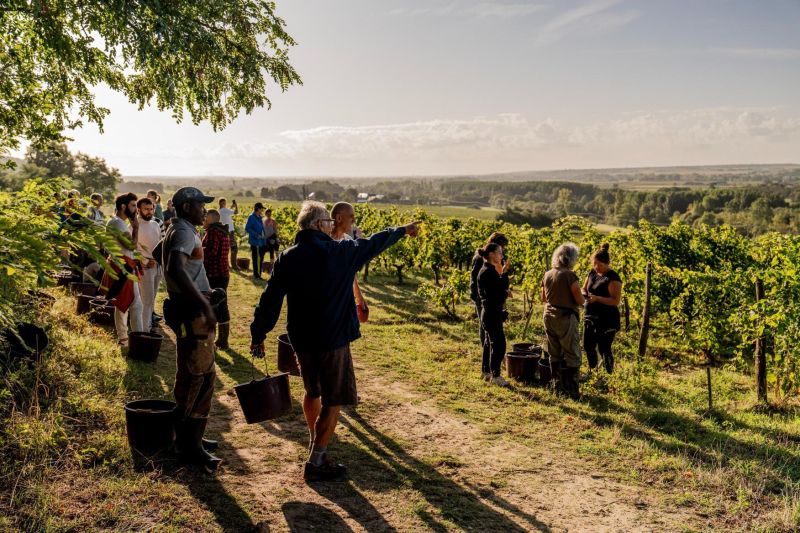After a series of solar vintages, 2021 was a return to the Central Loire’s DNA: fruit and freshness.
In the vines:
Once again, winter 2020/2021 was very mild. After a relatively cold January, February temperatures crept up and the second half of the month felt like Spring. It was also raining almost daily. March was more of the same, leading us to anticipate the first buds appearing in early April.
In less than eight days, the weather went from summer to winter. A mass of cold air traveled throughout France from April 4th to the 8th, bringing negative temperatures throughout the country. This exceptional period of frost is the most severe in 30 years. While it’s not unusual to have episodes of frost in early April, the fact that it happened a week after what was essentially a winter heat wave was very bad for the vines. Followed by more rain and snow, the impact is important. We can’t yet predict how much of the crop was compromised but we know it’s going to be bad.
As if April frost wasn’t bad enough, the negative temperatures continued through May: the bottom of the coteaux, which had been spared in April, are now damaged (though this episode is much less impactful than in April). Overall May was rainy and cool. These conditions made for a slower vegetative cycle; the work surround bud break becomes interminable and under unpleasant weather. T
Then everything started growing: the vines and grass. It’s very hard to maintain good work. Protecting the vines was also challenging as there is heavy mildew pressure. The rains are constant, the chance to intervene short and access to certain parcels becomes more and more difficult. The weather was stressful for the vines and those who cultivate it.
We did have one positive aspect to June: flowering took place from the 14th to the 18th under perfect weather conditions. At least one essential part of the vines’ cycle took place under optimal weather.
But July would also be complicated: the rain stayed constant and we only had “summer" weather from July 18th to the 23rd. In these conditions, mildew continued to be a very present threat along with odium. Though we put in a valiant effort, some parcels are still negatively impacted by these fungi.
The véraison took place in the middle of August during a period that made us hope we were getting past the bad weather that had stuck with us since April. But we weren’t so lucky! The temperatures remained low and this meant maturation took a long time. Still, we could feel the vegetative cycle come to an end.
Maturation:
For the grapes' maturation, we once again faced unseasonably low temperatures and rainfall. It’s strange because on average the temperatures were normal but we saw very unusual dips. This of course slowed down maturation. The sugars are accumulating slowly and the acidity is preserved. In this sense, the weather is positive for the aromatic and phenolic ripeness. And while the constant rain meant that the berries were getting nice and plump, it also created an environment ripe for botrytis.
The Harvest:
We got off to a slow start and began picking on September 27th. The weather during harvest was nuanced. It’s good for the aromas and tannins but the botrytis pressure remains a threat.
First Impressions of the Vintage:
The grapes’ maturation took place under cooler meteorological conditions than the last few vintages. 2021 feels like it conforms to what people expect from the Central Loire.
The whites are showing a nice aromatic expression. Notes of fruit dominate: citrus but also peaches and other white fleshed fruit. In some cases there are notes of spice and others have a subtle vegetal quality. Depending on when they were harvested, their balance varies from tender and fresh to mineral tension.
The reds are equally seductive with their fruit (cherry, raspberry, cassis). The extraction was in accordance to what the vintage gave us, and the tannins are measured and qualitative. A malolactic fermentation will bring the roundness the wines need.
In the end, it was a very unpredictable vintage…
